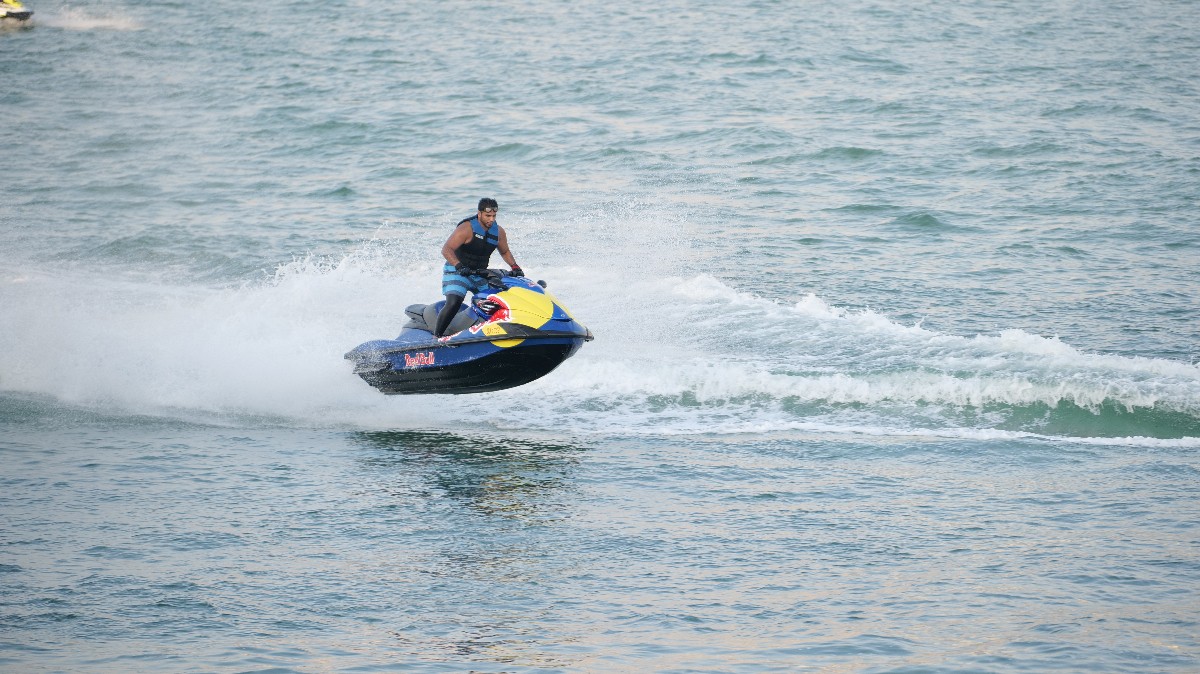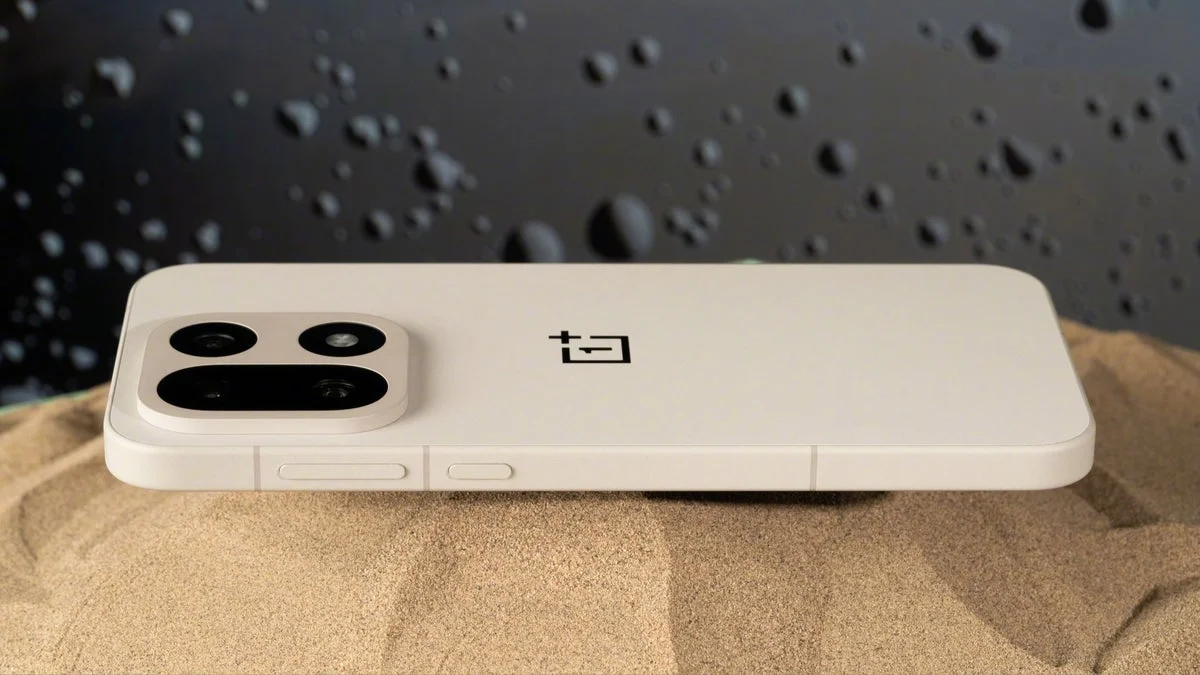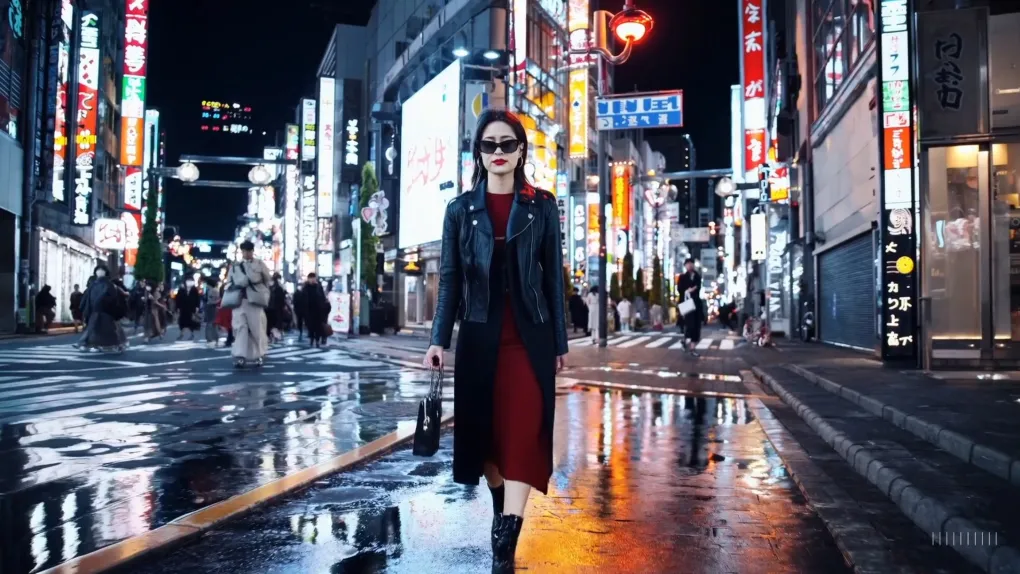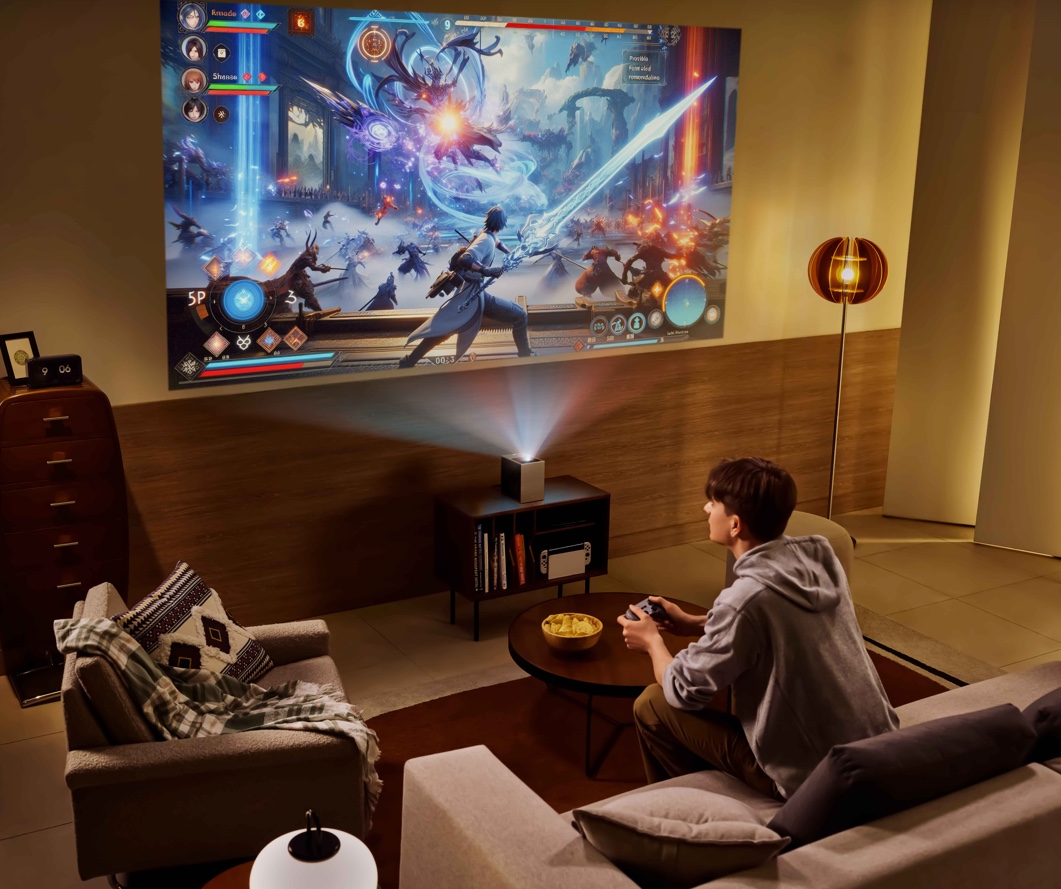The S1 is a mid-range full frame camera from the Lumix range by Panasonic. This is a 24 MP camera that has some cool features and a lot of functions which come in handy in various situations.
Features:
The Lumix S1 is a 24.2 MP full frame camera that has a full frame sensor. It offers 4k video with no time limit at 30p, and up to 30 minutes at 60p.
The native ISO range is 100-51,200 and the extended one is 50-204,800. I found that the shots up to 12,800 ISO were quite acceptable in most cases.

It has a 5,760k-dot viewfinder with a 120 fps refresh rate and a lag of just 0.005 seconds which is perhaps the best in its class. Although, like most mirrorless cameras, it consumes more battery than the monitor.
The body of the S1 is made from magnesium alloy and is dust and splash resistant. An interesting feature is that it supports HLG profile not only for videos, but for still photos too.
The camera features a High Res mode which takes 8 shots using sensor shift and combines them for a 96 MP file; it can combine them to give a long exposure feel or a non-blurry one where the objects remain totally still. All of these really make the Lumix S1 a beast.

First Impressions:
As soon as I held in my hand, I noticed that it is a little big for a mirrorless camera as well as heavier, and that it has a lot of buttons. This also means that there are a few more things that the camera can achieve and various features are easily accessible too.
I found the buttons a bit overwhelming and not actually required in some cases. For example, there is a lock switch which when put in the lock mode, locks various dials (shutter, aperture etc.) from unintentional operation which I think is a bit unnecessary considering that those who buy this camera given the price point wouldn’t exactly be novices.
The placement of the buttons in general is nice and is easily reachable with your fingers. There are three dedicated buttons on top, viz. white balance, ISO, and exposure; the ISO button has raised dots so you can easily know which button is which without having to look at those while shooting. There are also buttons on the front of the camera around the lens mount that you can customize and use for various functions while clicking.

I didn’t quite like the placement of the drive mode switch though. It is small and clunky; I ended up in the wrong mode a few times.

There is also a dedicated button to switch between Auto focus (single / continuous) and manual focus. Within that button is another button ergonomically placed that changes focus area, and beside it is the AF-On button.

Speaking of focus, while you are focusing manually, the S1 zooms into the focus area so that you can adjust more precisely. It also brightens up the area a bit so that you can view it clearly. It is helpful in most cases, but in certain situations I found this to be counter-intuitive like when I was shooting the moon, and it brightened up the zoomed area and then it was almost impossible to focus manually since it was too bright.

There was a particular feature which I really liked while viewing the photos. If you zoom into a particular area, and then scroll to another photo, it automatically shows the other photo zoomed into that area as well, so if you want to compare multiple shots that you’ve taken, you don’t have to zoom in to each one at that particular area. The touch screen can also be used to zoom in and out of pictures as well as to change focus areas while shooting.
The Lumix S1 can take long exposure shots of up to 50 seconds (before going in the bulb mode) which was really nice. Also very cool is the fact that once you’ve pressed the shutter button, it shows the countdown timer for the number of seconds that are remaining which provides various creative possibilities.
Picture quality:
The lens that I was using along with the camera was the Lumix 70-200 f/4 S-Pro which also has in-body stabilisation. The photos that I shot using the Lumix S1 looked great overall. During well-lit situations, the Autofocus works really well and can also track subjects with ease. The autofocus system can also detect humans (not only faces, but the full body too), but I found that the eye AF didn’t always perform that well, especially if the person was moving fast. Photos shot at ISO 6400 were not all that noisy (grainy), and in general, you can use a higher ISO for dimly lit situations and the photos won’t look too bad.

I also shot a time-lapse using the interval shooting that is there in the camera, and the Lumix S1 created a lovely time-lapse of the pictures.
Other features:
The camera has so many features that despite mentioning only a few of them, they would seem like a lot. The LCD monitor isn’t full articulated, but is triaxial. At first it looks like it can only be tilted up and down, but there is a small button on the side which also makes it tilt sideways. This comes in handy if you’re shooting portrait (vertically). The S1 has dual card slots; one of which is an SD card slot while the other is an XQD card slot, and you can choose what gets stored in which one of them.
The camera also has a function lever on the front of the camera which can be used to switch between two functions (photo style, focus mode etc.).
The buttons on the camera are backlit and this is definitely a big plus while shooting in the dark. Speaking of buttons, the control dial felt a bit weird to me; when pressed, it does not have enough travel, and a lot of times I wasn’t sure if it had got pressed.
Battery life and various ports:
The Lumix S1 uses a 3,050 mAh battery which is rated at 380 shots using the monitor and 360 using the LVF which I found a bit inadequate, and runs out fast especially when shooting in darker conditions. What I really liked is that it supports USB-C charging and can be charged while being operated too. It can also transfer photos using USB-C cable. On the bottom surface of the camera is a battery grip connector with a rubber cover, and there is also a DC coupler which can be used without having the battery compartment open. For those who use an external flash, there is also a flash sync connector on the front surface of the camera. Below the USB port is the HDMI port, and above it are the headphone, mic, and remote sockets.

Conclusion:
If you’re looking for a camera that has great features then the Lumix S1 is a good option. The photo quality is great and so are the video capabilities; along with limitless 4k video capability and support for SD as well as XQD card slots.
If you’re looking for something that is compact and also want a great battery life then you should consider other similar cameras. Also, the L-mount has comparatively lesser lens options than other brands.
Other cameras to consider: Sony A7 iii, Nikon Z6, Canon EOS-R.












